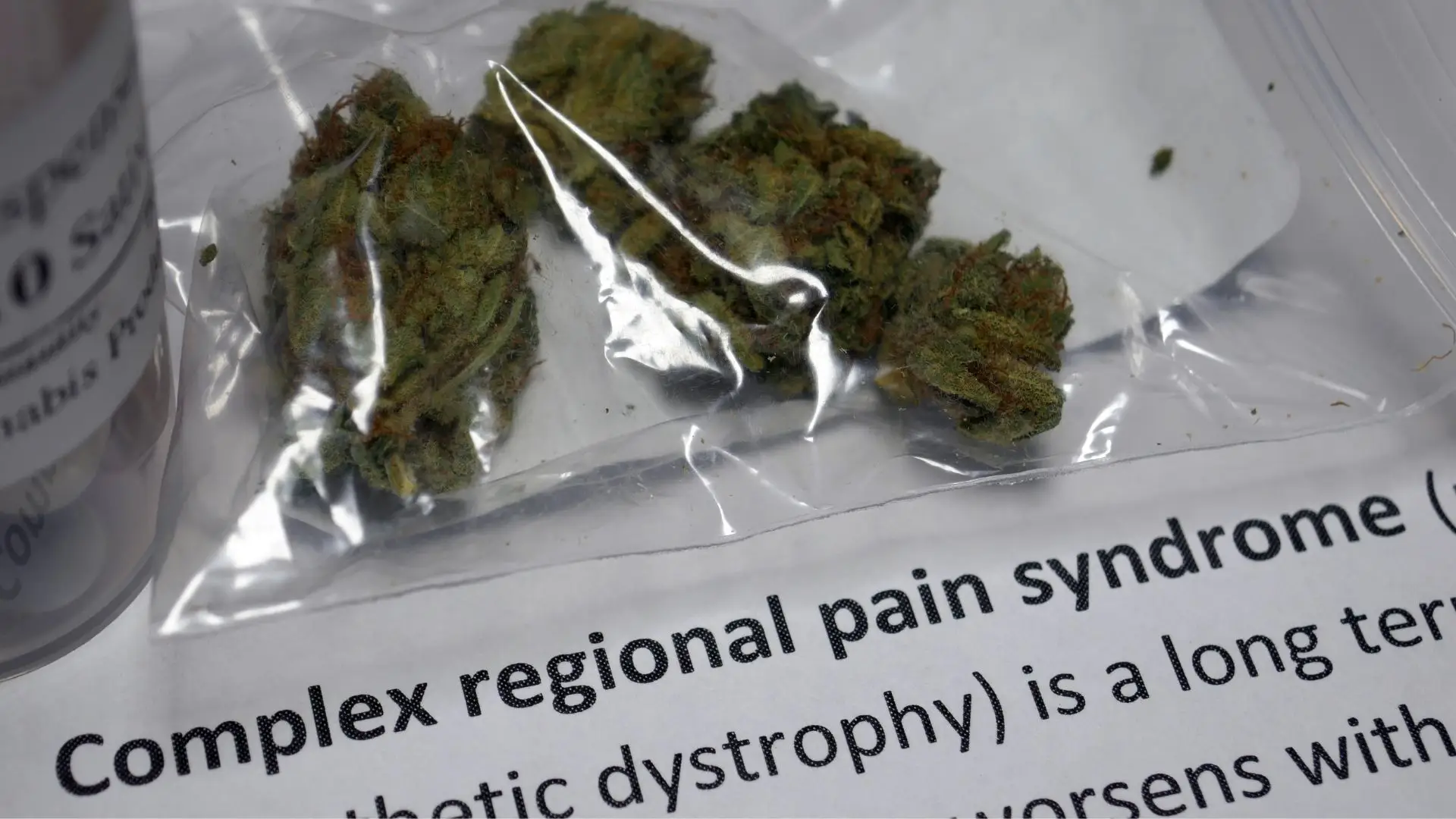

What Is CRPS?
Imagine living with a condition that turns your body against you, causing relentless pain and disrupting every aspect of your life. This is the reality for individuals with Complex Regional Pain Syndrome, commonly known as CRPS. In this blog post, we will dive deep into understanding this complex syndrome, exploring its definition, causes, symptoms, diagnosis, treatment options, and the challenges faced by those living with CRPS. So, let’s embark on this journey of knowledge and empathy together.
Definition of CRPS
CRPS, short for Complex Regional Pain Syndrome, is a chronic pain condition that typically affects a limb, such as an arm or a leg, following an injury or trauma. The defining characteristic of CRPS is the disproportionate and often severe pain experienced in the affected area. It is believed to be caused by an abnormal response of the nervous system to the injury, resulting in persistent pain signals.
What is CRPS in Medical Terms?
In medical terms, CRPS is a chronic neuropathic pain disorder that falls under the category of complex regional pain syndromes. It is characterized by persistent pain, changes in skin temperature and color, edema, and abnormal hair and nail growth. CRPS is further classified into two types: CRPS Type 1, which occurs after an injury without significant nerve damage, and CRPS Type 2, which follows a distinct nerve injury. Both types involve dysfunction and hyperactivity of the nervous system.
The complex nature of CRPS, including its unpredictable course and potential for spreading, highlights the need for ongoing research and support for individuals living with this condition. While there is currently no cure for CRPS, medical advancements offer hope for improved pain management and potential regeneration of damaged nerves. With continued dedication to understanding and treating CRPS, we can strive towards a better quality of life for those affected by this condition.
Causes and Symptoms
While the exact causes of CRPS are not fully understood, it is often triggered by an injury, surgery, or trauma. The condition manifests through a range of physical and sensory symptoms, including intense burning pain, swelling, changes in skin temperature and colour, hypersensitivity to touch, and limited mobility. These symptoms can have a profound impact on an individual’s daily life, making even the simplest tasks challenging.
Diagnosis and Treatment Options
Diagnosing CRPS can be complex, as there are no specific tests to definitively confirm the condition. Medical professionals rely on a combination of clinical observation, physical examinations, and the patient’s reported symptoms to make an accurate diagnosis. Treatment approaches for CRPS focus on managing pain, improving functionality, and enhancing overall quality of life. These may include medications, physical therapy, nerve blocks, psychotherapy, and complementary therapies like acupuncture or biofeedback.


Living with CRPS
Living with CRPS presents unique challenges and requires resilience and adaptability. Individuals with CRPS often face physical limitations, emotional distress, and social isolation. Coping mechanisms, such as pain management techniques, support networks, and mental health support, play a crucial role in helping individuals navigate their daily lives while managing their symptoms.
Current Research and Advancements on CRPS
Continual research and advancements in the field of CRPS offer hope for improved understanding and treatment options. Scientists and medical professionals are dedicated to unravelling the complexities of CRPS, exploring innovative therapies, and seeking ways to alleviate the suffering associated with this condition. Promising breakthroughs in pain management, nerve regeneration, and neuroplasticity provide glimpses of a brighter future for individuals with CRPS.
Can CRPS Come and Go?
One of the perplexing aspects of CRPS is its unpredictable nature. While some individuals experience continuous symptoms, others may have periods of remission or fluctuations in their pain levels. The variability of CRPS makes it challenging to predict the course of the condition and its impact on an individual’s life.
Can CRPS Spread?
In some cases, CRPS may spread from the initially affected limb to other parts of the body. This phenomenon, known as “spreading,” can lead to additional pain and complications. However, it’s important to note that not everyone with CRPS will experience spreading, and the likelihood and extent of spreading can vary among individuals. Researchers continue to study the factors that may contribute to spreading and potential treatments to prevent or manage it.
What Helps with CRPS?
While there is currently no cure for CRPS, a combination of treatments can help individuals manage their symptoms and improve their quality of life. These include physical therapy, medications, psychological support, and alternative therapies such as acupuncture or biofeedback. It’s essential for individuals with CRPS to work closely with their healthcare team to develop a personalized treatment plan that addresses their unique needs and goals.
In Conclusion
Living with CRPS is an ongoing battle, but understanding the condition and seeking appropriate support are essential steps towards managing its impact. By shedding light on the definition, causes, symptoms, diagnosis, treatment options, and the challenges faced by those with CRPS, we hope to raise awareness and foster empathy. Remember, if you or someone you know is affected by CRPS, reaching out to medical professionals, support groups, and educational resources can provide valuable guidance and assistance. Together, let’s strive for a future where individuals with CRPS find relief, support, and improved quality of life.